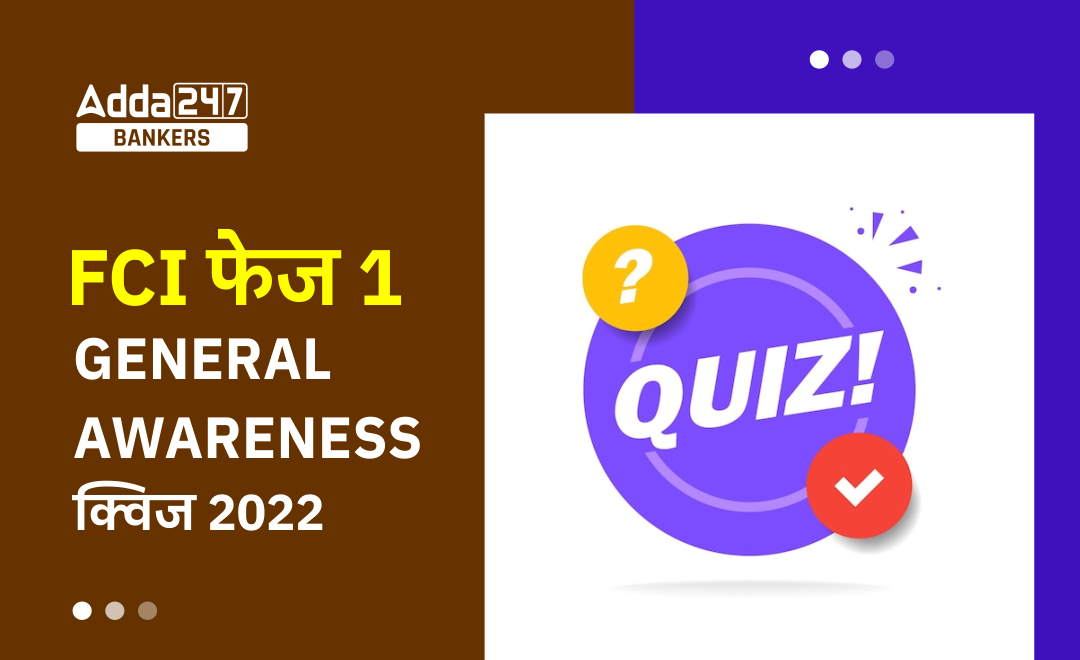Q1. जब गहरे समुद्र की मछलियों को समुद्र की सतह पर लाया जाता है तो उनके शरीर फट जाते हैं, ऐसा इसलिए क्योंकि उनके शरीर में खून बहुत _______ से बहता है।
(a) उच्च गति
(b) उच्च दबाव
(c) कम गति
(d) कम दबाव
(e) उपरोक्त में से कोई नहीं
Q2. प्रकाश संश्लेषण कब होता है?
(a) दिन में
(b) रात में
(c) दिन और रात में
(d) इनमें से कोई नहीं
(e) उपरोक्त में से कोई नहीं
Q3. वाष्पीकरण की प्रक्रिया किससे होती है?
(a) जड़
(b) स्टेम
(c) पत्ता
(d) संपूर्ण ‘पौधों’ की सतह
(e) उपरोक्त में से कोई नहीं
Q4. विद्युत चुम्बकीय वर्णक्रम के किस क्षेत्र में पौधे प्रकाश संश्लेषण करते हैं?
(a) लाल और नीला
(b) हरा और पीला
(c) नीला और नारंगी
(d) बैंगनी और नारंगी
(e) उपरोक्त में से कोई नहीं
Q5. निम्नलिखित में से कौन सा कोशिकीय श्वसन केंद्र है?
(a) नाभिक
(b) माइटोकॉन्ड्रिया
(c) राइबोसोम
(d) गोल्जीकाय
(e) उपरोक्त में से कोई नहीं
Q6. निम्नलिखित में से कौन-सा एक पादप हार्मोन है?
(a) एड्रेनालाईन
(b) इंसुलिन
(c) ऑक्सीटोसिन
(d) ऑक्सिन
(e) उपरोक्त में से कोई नहीं
Q7. निम्नलिखित में से किसके द्वारा विभिन्न अंगों में जल और खनिज लवणों का परिवहन किया जाता है?
(a) जाइलम
(b) फ्लोएम
(c) कॉर्टेक्स
(d) कैम्बियम
(e) उपरोक्त में से कोई नहीं
Q8. निम्नलिखित में से किसके द्वारा पौधों में तैयार खाद्य सामग्री को विभिन्न अंगों तक पहुँचाया जाता है?
(a) जाइलम
(b) फ्लोएम
(c) कॉर्टेक्स
(d) कैम्बियम
(e) उपरोक्त में से कोई नहीं
Q9. भूस्थैतिक उपग्रह के परिक्रमण की आवर्तकाल है –
(a) 12 घंटे
(b) 24 घंटे
(c) 48 घंटे
(d) 6 घंटे
(e) उपरोक्त में से कोई नहीं
Q10. यदि ढक्कन खोल दिया जाए तो किस क्रियाविधि से पूरे कमरे में सुगंध फैल जाती है?
(a) बोतल में दबाव
(b) बोतल से संपीड़न
(c) प्रसार
(d) ऑस्मोसिस
(e) उपरोक्त में से कोई नहीं
SOLUTIONS:
S1.Ans. (a)
Sol. When deep sea fishes are brought to the surface of the sea, their bodies burst, this is because the blood in their bodies flows at very high speed.
S2.Ans. (a)
Sol. Photosynthesis can only happen in the presence of sunlight, as excitation of chlorophyll molecules need photons. Sunlight can be replaced by artificial white light.
S3.Ans. (c)
Sol. Leaves having stomata are the site at which gaseous exchange occur. Water is also transpired and evaporated in the form of water vapor from the leaf surface. Roots and stem doesn’t consist of any stomata, hence, evaporation doesn’t occur from these plant organs.
S4.Ans. (a)
Sol. In the visible spectrum of light the most of the light energy which is absorbed by green plants for carrying out photosynthesis, are from red and blue regions. Green light is mostly reflected back.
S5.Ans. (b)
Sol. The site of cellular respiration is mitochondrion as it involved in generation of energy, (ATP). Nucleus consists of genetic material which is transferred from one generation to another, ribosome helps in protein synthesis and Golgi apparatus helps in glycosylation.
S6.Ans. (d)
Sol. Auxin is the plant hormone and is responsible for root formation. Adrenaline, Insulin and Oxytocin are animal hormones.
S7.Ans. (a)
Sol. Xylem is responsible for transporting water and various mineral salts. Phloem is responsible for transportation of sucrose, cambium helps in secondary growth which gives rise to xylem and phloem and cortex is a ground tissue present in the plant organ, usually consisting of vascular bundles.
S8.Ans. (b)
Sol. The products of photosynthesis in green plants are made in leaves (mesophyll cells). Sugar molecules are synthesized, which are generally called as photosynthates. Phloem tissue carries these photosynthates to distant plant organs. Unlike conduction in xylem, the transport through phloem is multidirectional.
S9.Ans. (b)
Sol. Geostationary satellite orbits the earth directly over the equator. At geosynchronous orbit, the orbital period of the satellite matches the orbit of the Earth that is 24 hours.
S10.Ans. (c)
Sol. Diffusion refers to the process by which molecules intermingle as a result of their kinetic energy of random motion.



 DSSSB Result 2025 OUT: विभिन्न पोस्टों क...
DSSSB Result 2025 OUT: विभिन्न पोस्टों क...
 ओरिएंटल इंश्योरेंस में 300 पदों पर भर्ती...
ओरिएंटल इंश्योरेंस में 300 पदों पर भर्ती...
 15th December Daily Current Affairs 2025...
15th December Daily Current Affairs 2025...








